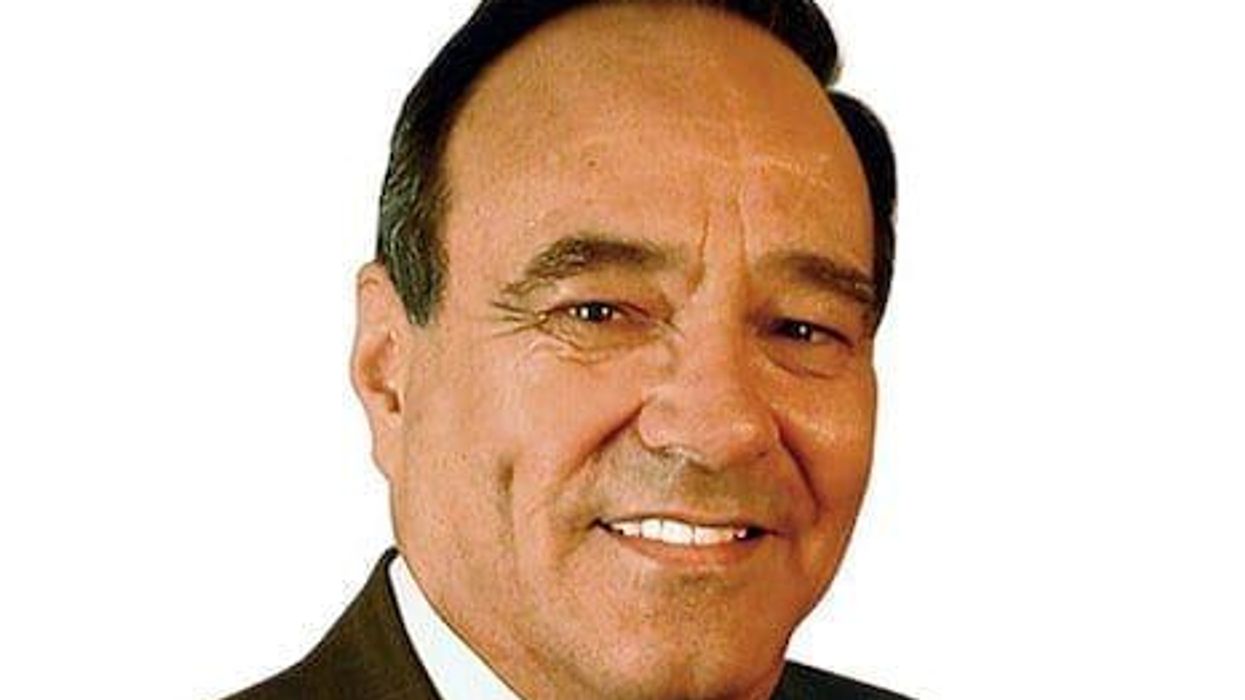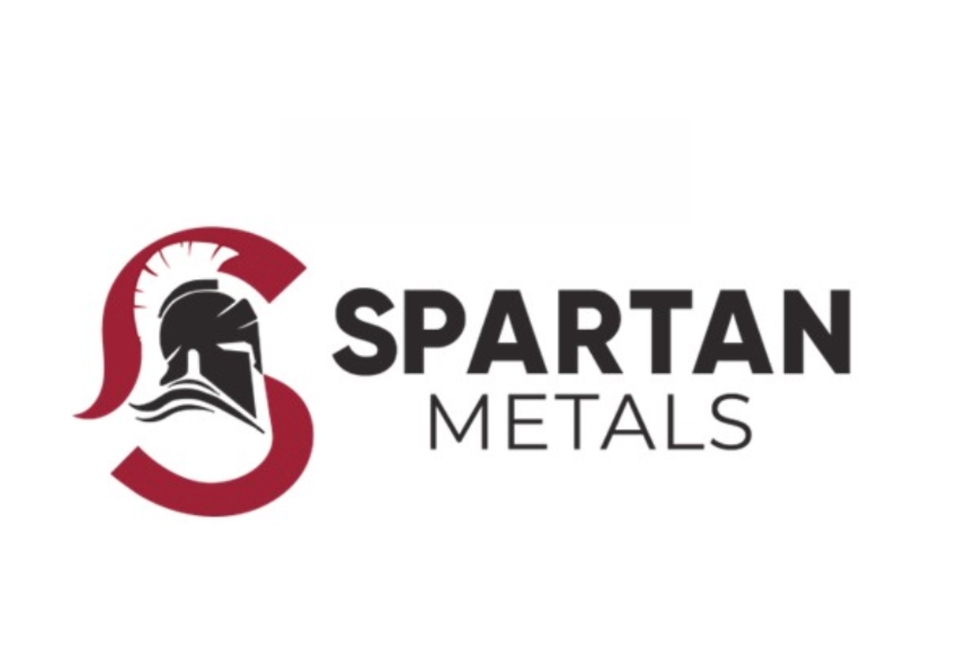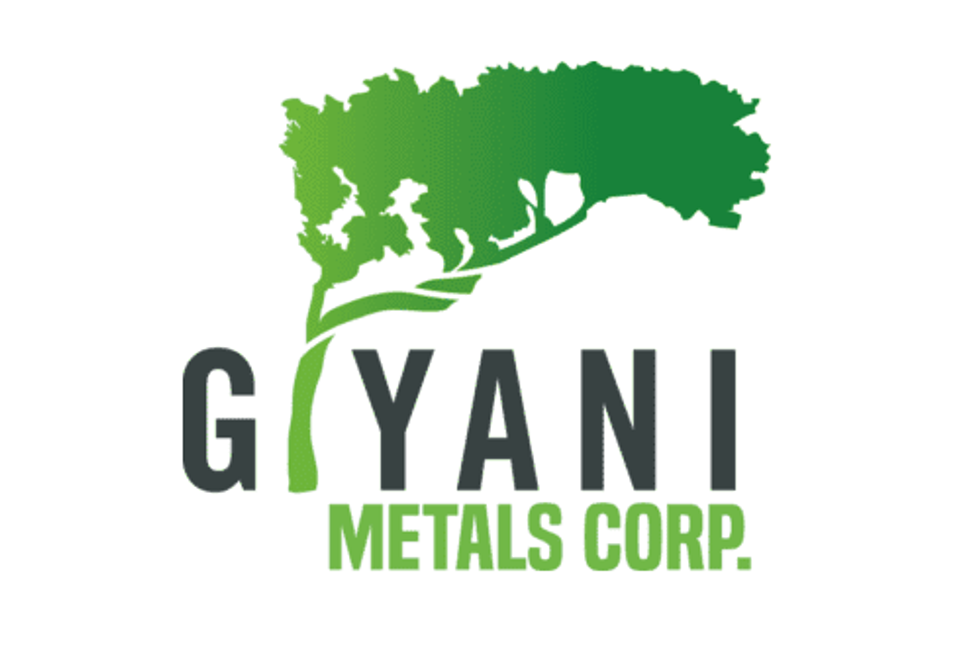American Manganese CEO: Our Recycling Process Allows for 100 Percent Recovery
American Manganese CEO Larry Reaugh outlines his company’s recycling process for EV batteries and discusses the role of blockchain in the recycling process.
In the interview below, American Manganese CEO Larry Reaugh (TSXV:AMY,OTCMKTS:AMYZF;FWB:2AM) outlines his company’s innovative recycling technology, which allows it to recover 100 percent of cathode materials.
He also discusses how blockchain technology will help his company track and recover used batteries to ensure that they are being recycled properly.
Below is a transcript of our interview with American Manganese CEO Larry Reaugh. It has been edited for clarity and brevity.
Investing News Network: Please provide our investor audience with an overview of American Manganese and its battery recycling technology.
American Manganese CEO Larry Reaugh: We have been working on an innovative recycling technology that provides a solution from cradle to grave for lithium-ion batteries, specifically for electric vehicle (EV) batteries. The process was developed for manganese down in Artillery Peak, Arizona. The US government worked on it for 80 years, but could not solve the issues tied with taking low-grade manganese (2 to 3 percent), such as high operating costs, and making electric metals.
We took the information given to us and brought on Kemetco to help solve this problem. It took two and a half years and a few million dollars, but we were able to produce electric manganese from low-grade material (2 to 3 percent) and at costs comparative to those in China, where manganese grades range between 30 to 50 percent. After this we completed a full prefeasibility study and had our technology verified by Tetra Tech, which is one of the biggest engineering firms in the world. However, the price of manganese dropped to a level where it was not economic to bring the project into production.
In 2015, Kemetco approached us with the intent of proving that the same chemistries for the manganese could work on cobalt and lithium. We just had to conduct proof of concept, which we were able to do. We got 100 percent of the materials back, which is unheard of, and our output is pure cathode materials that are no longer mixed with agents like iron and copper.
We’ve had coverage of our results in Bloomberg and we’re expecting more coverage in the future. We have a joint venture in the works regarding disassembly and we hope to announce this within the next few weeks. As well, potential clients in North America, Europe and Asia are interested in our project.
A lot of our competitors who recycle product end up burning the batteries, which gives you only 50 percent of the cobalt back. The rest of the materials, usually nickel, manganese and lithium, goes into slag. Their solution is not a cradle-to-grave solution and does not get the same results that ours does.
Our project has been moving along with no setbacks. We’ve been treating scrap materials from US recyclers and we’ve been treating materials that have been prepared by a group in Europe. We expect that the US scraps should give us a 100-percent return, but the European material was prepared differently and may not return 100 percent of the material. Right now everything is working for us and we have a solution that’s 100 percent, cradle-to-grave environmentally friendly and socially conscious. EV manufacturers say that they are socially conscious and environmentally friendly, but they are not doing anything to recover materials from batteries. We can provide a solution for them.
INN: How does your technology fit into the growing battery space?
LR: It works the same as the regular process. You remove the cylinders from the battery pack by cutting the bottom and top off and peeling away the sides to get to the aluminum and copper foils. The aluminum foil contains the cathodes while the copper foil contains the anodes. After this, we run the cathode and anode materials through a chemical process where they go into separate streams. We can eventually recycle the aluminum and copper foils after they’ve been in the solution and that rids them of electrolytes and they then go through a leaching process.
INN: What’s the significance of the company’s recent deal with Circulor? for integrating blockchain technology into your process?
LR: Blockchain technology is a way for us to track the EV car battery and when it reaches the end of its life. We want to know where these batteries go once they are finished, so we can procure them and use them in our process. Blockchain will track the battery from the time that it’s installed in the car to the time it reaches the end of its life and will tell us where it goes after its usefulness ends.
CEO interviews are part of investor education campaigns for clients advertising on the Investing News Network. Important news is contextualized by CEOs, and the resulting interviews are disseminated to the Investing News Network audience because they have value to market watchers.
The Investing News Network interviews a CEO for an understanding of their perspective on the company, the investment potential of the company and market news related to the company. The information contained here is for information purposes only and is not to be construed as an offer or solicitation for the sale or purchase of securities.



